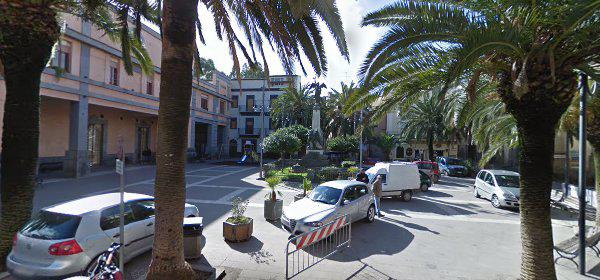Thank you for the likes, Jale.
Today we take a look at four old Italian diving masks, two models with built-in snorkels, two without. The latter pair were made by the SOS company, based is the city of Turin (above), which is an important business and cultural centre in northern Italy, the capital city of Piedmont and of the Metropolitan City of Turin, and the first Italian capital from 1861 to 1865.
According to the potted history at
Blue Time Scuba History, "SOS company - Strumenti Ottici Subacquei – Underwater Eye Instruments was founded in Turin in the middle of 1950 from Eng. Victor Aldo De Sanctis and Eng. Carlo Alinari. De Sanctis was a famous person in the underwater video film sector since 1935 when, using a self-made video camera housing, shoot the first Italian underwater video, one of the first in the world to document a water polo training in the swimming pool. SOS name soon become popular for its oil-bath depth gauges and, above all, for its Decon gauge, designed by Alinari in 1958 and presented in Barcelona during CMAS general board meeting in 1960. It was an extremely innovative analogic instrument, able to show automatically the safety stop times and to count stops and times of the eventual decompression. It anticipated of almost twenty years the electronic diving computers soon becoming a worldwide diving leading device, shown in many catalogues of diving gear companies, customized with their logo".
True to its underwater optical instruments name, the company also made diving masks. Here is an advertisement from 1967:
Italian: "
ED ECCO LA MASCHERA SENSAZIONALE. Modello alfa - cristallo infrangibile - tenuta con O-Ring - minimo volume interno - ghiera in acciaio Inox - massimo campo visivo - L. 3000 - Modello alfa-t - munita di tergicristallo - L. 3500 - è ancora un prodotto SOS - la tecnica al servizio dei subacquei".
Rough translation: "
AND HERE IS THE SENSATIONAL MASK. Alfa model - shatterproof lens - O-Ring seal - minimum internal volume - stainless steel rim - maximum field of vision - L. 3000 - Alfa-t model - equipped with lens wiper - L. 3500 - it is another SOS product - technology at the service of divers".
Both models have quite a modern appearance for the late 1960s, coming as they do with a nose pocket for ear-clearing purposes and claiming to combine low internal volume with a wide field of vision. Both masks look identical except for un unusual feature on the second model: lens wipers.
The advertisement offers few details, but I presume that the wipers inside the mask are operated by the horn-like handles on the outside at the top. How well these wipers worked in practice is unknown, but at least they represented an attempt to address the perennial fogging problem caused by condensation inside the mask. Some would doubtless dismiss this mechanical solution as yet another example of overengineering.








